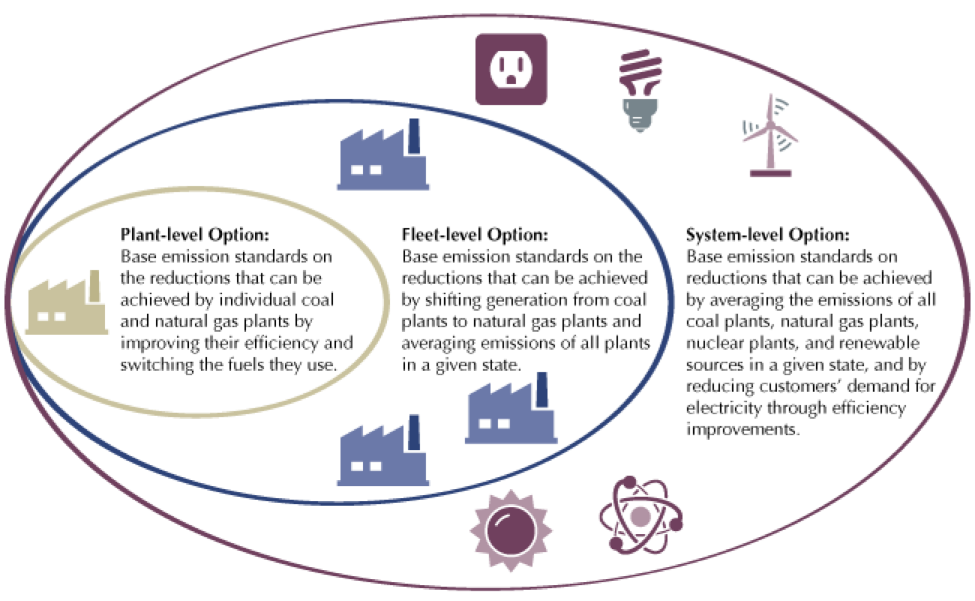The Obama Administration today took a major step toward reducing the carbon dioxide emissions that are impacting our climate. The Environmental Protection Agency (EPA) released its “Clean Power Plan,” which leverages existing authority in the Clean Air Act to propose carbon pollution standards for existing power plants, the largest single source of U.S. carbon emissions. The proposal would cut emissions in the power sector by 30 percent by 2030, based on 2005 levels. We reviewed the basics of the Clean Power Plan with four critical questions in mind:
1. Is the standard based on emission reductions outside the power plant fence line?
The short answer is “yes.” EPA cannot require states or power plant operators to take any specific measures, but it can set the emissions target stringent enough so that it would be challenging to achieve unless certain measures are taken. EPA is proposing state-specific targets based on the capacity of each state to leverage four “building blocks.” They are:
- Make fossil fuel power plants more efficient.
- Use low-emitting natural gas combined cycle plants more where excess capacity is available.
- Use more zero- and low-emitting power sources such as renewables and nuclear.
- Reduce electricity demand by using electricity more efficiently.
Although “outside-the-fence-line” measures are not specifically required under the proposal, states would be hard-pressed to meet their targets without using programs to reduce the demand for fossil electricity, by, for example, increasing energy efficiency and encouraging renewable energy.
Looking to Figure 1, EPA has chosen the System-level Option.

